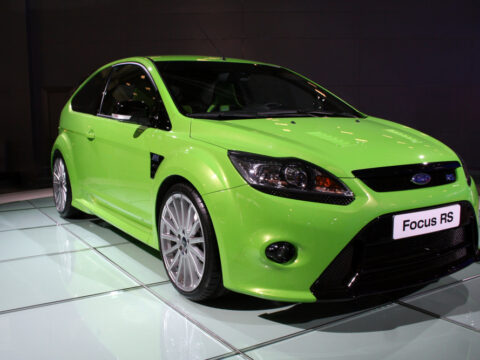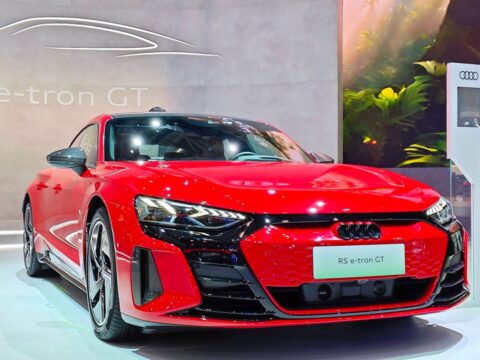Aviation has seen incredible advancements over the years, with certain aircraft designs playing a major role in shaping the future of flight. From sleek commercial jets to cutting-edge military planes, these innovations have changed how we travel and defend the skies. In this article, we’ll explore 19 aviation designs that revolutionized air travel with their performance, efficiency, and groundbreaking features.
Contents
Concorde
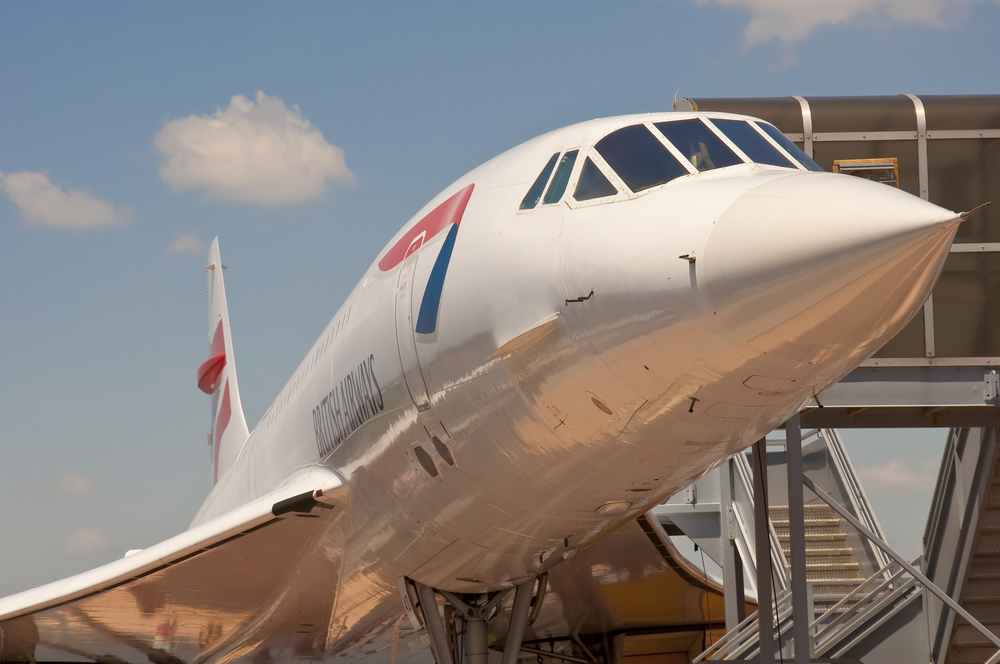
The Concorde was a marvel of engineering, famous for its sleek, delta-wing design and ability to fly at Mach 2. This supersonic jet dramatically shortened transatlantic flight times, making it possible to travel between New York and London in just over three hours. Its long, pointed nosecone enhanced aerodynamics, while its droop nose allowed for better pilot visibility during takeoff and landing. Although retired in 2003, the Concorde remains a symbol of high-speed luxury air travel.
Boeing 747
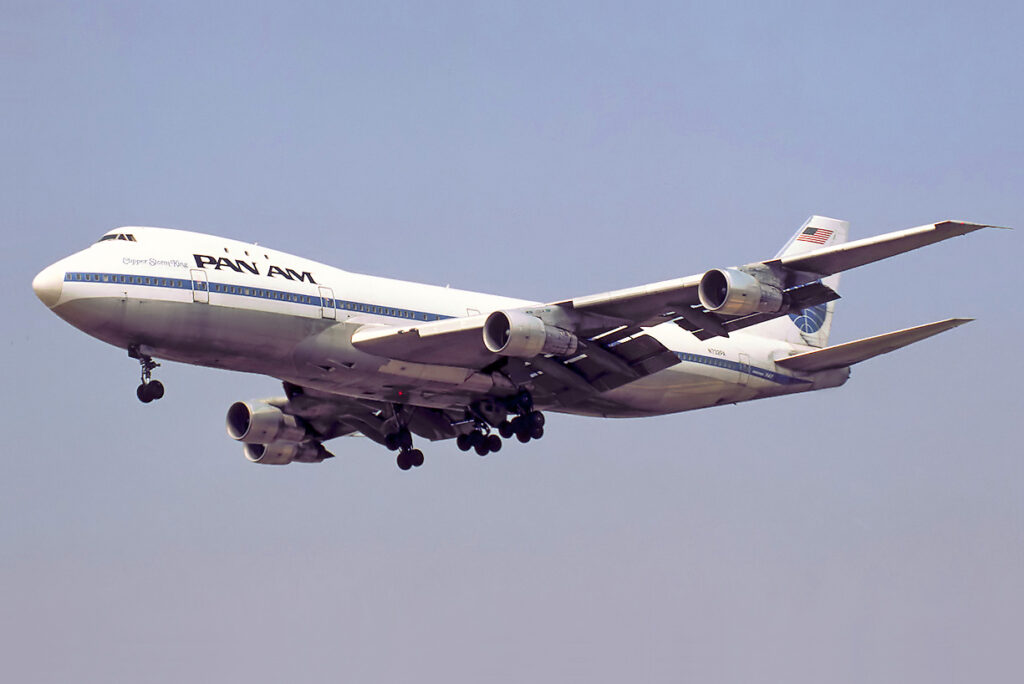
Known as the “Queen of the Skies,” the Boeing 747 revolutionized commercial aviation with its distinctive humpbacked design. As the first wide-body airliner, it allowed airlines to carry more passengers and cargo over longer distances, increasing the accessibility of international travel. Its four-engine configuration enabled transoceanic flights without refueling, changing the landscape of air travel.
Lockheed SR-71 Blackbird
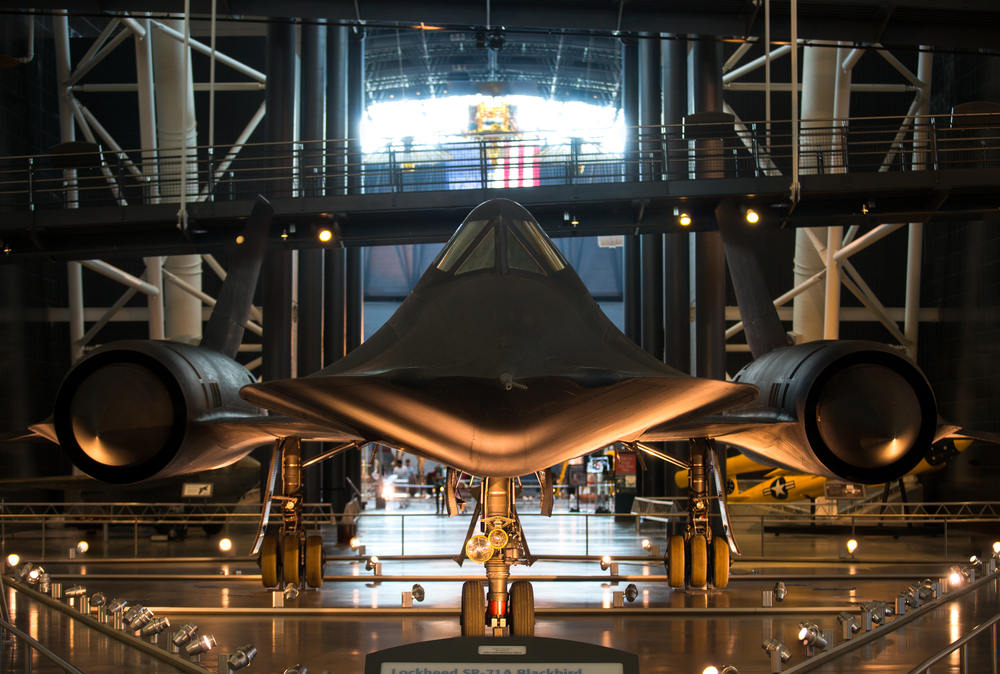
The SR-71 Blackbird, with its sleek, futuristic appearance, was designed to fly at speeds exceeding Mach 3. Its pointed fuselage and large, swept-back wings minimized drag, allowing it to soar at high altitudes. Crafted from titanium to withstand intense heat, the Blackbird could outpace missiles and evade detection. This revolutionary aircraft served as the ultimate reconnaissance tool during the Cold War, gathering crucial intelligence while flying faster than any jet before it.
Airbus A380
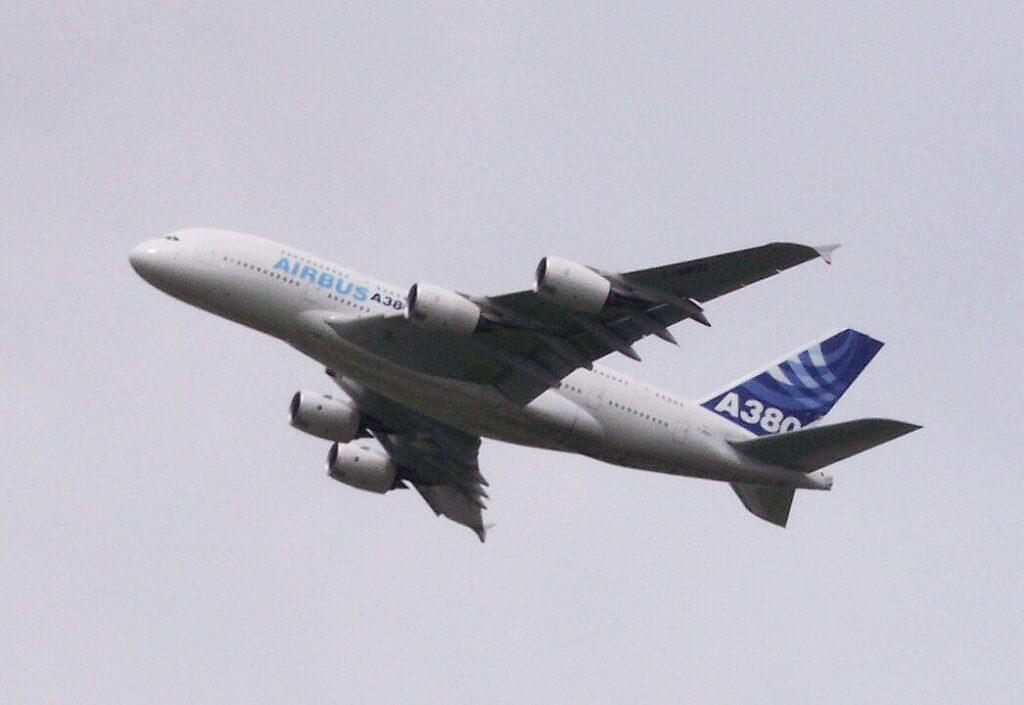
The Airbus A380 redefined long-haul air travel with its massive double-deck design, capable of carrying up to 850 passengers. Its sleek lines and aerodynamic wings, equipped with advanced materials, improved fuel efficiency while reducing environmental impact. Inside, the A380 boasted luxurious amenities such as spacious seating and quieter engines, creating an unrivaled passenger experience.
Boeing 787 Dreamliner
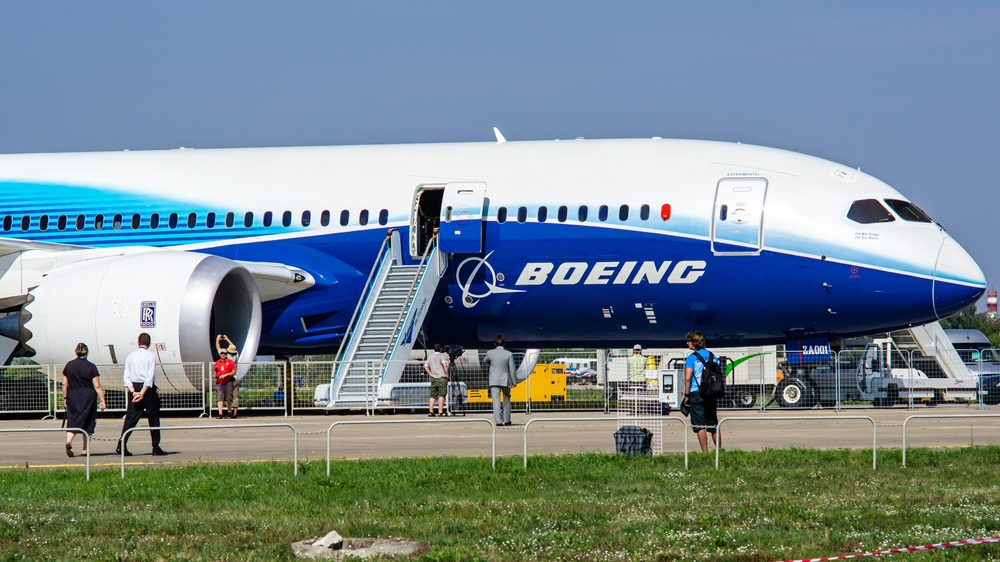
The Boeing 787 Dreamliner is celebrated for its lightweight composite body, which makes it one of the most fuel-efficient commercial jets ever built. This sleek aircraft features a unique raked wingtip design that reduces drag, enhancing both speed and fuel savings. Passengers enjoy a quieter cabin and larger windows, adding to the comfort of long-haul flights. Its focus on efficiency and passenger experience helped the Dreamliner revolutionize international air travel.
Lockheed Martin F-22 Raptor
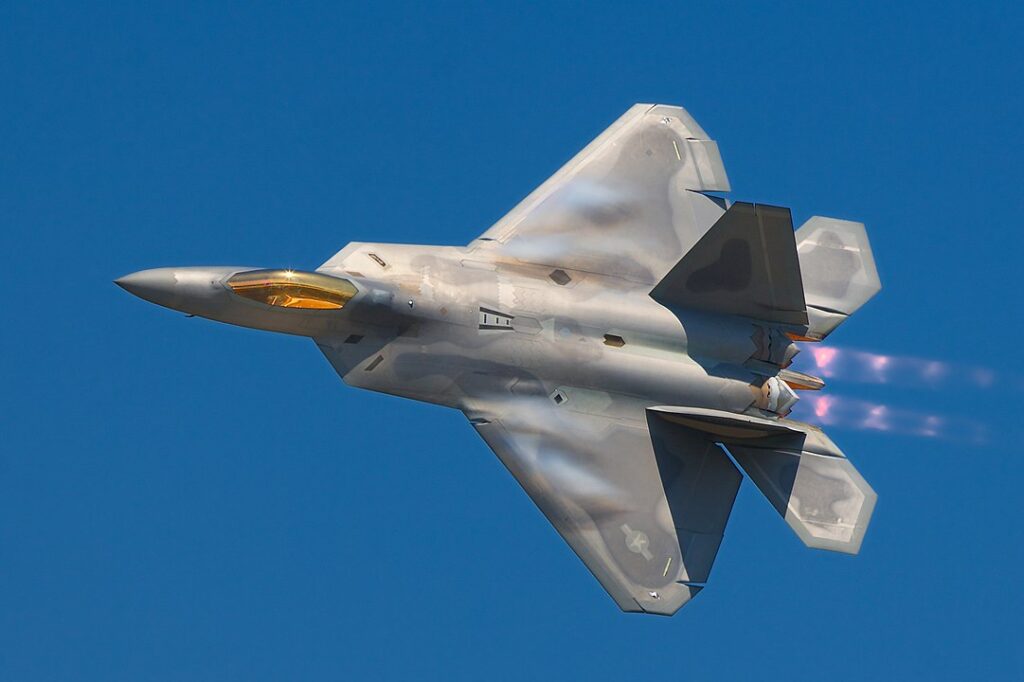
The F-22 Raptor was crafted for stealth and agility, with a sleek, angular design that minimizes its radar signature. Capable of incredible speed and advanced aerial maneuvers, the F-22’s thrust vectoring technology gives it unparalleled control in the air. Its combination of stealth, speed, and precision weaponry set a new standard for fighter jets. The F-22’s design has made it an essential tool for achieving air superiority in modern combat.
Consolidated PBY Catalina
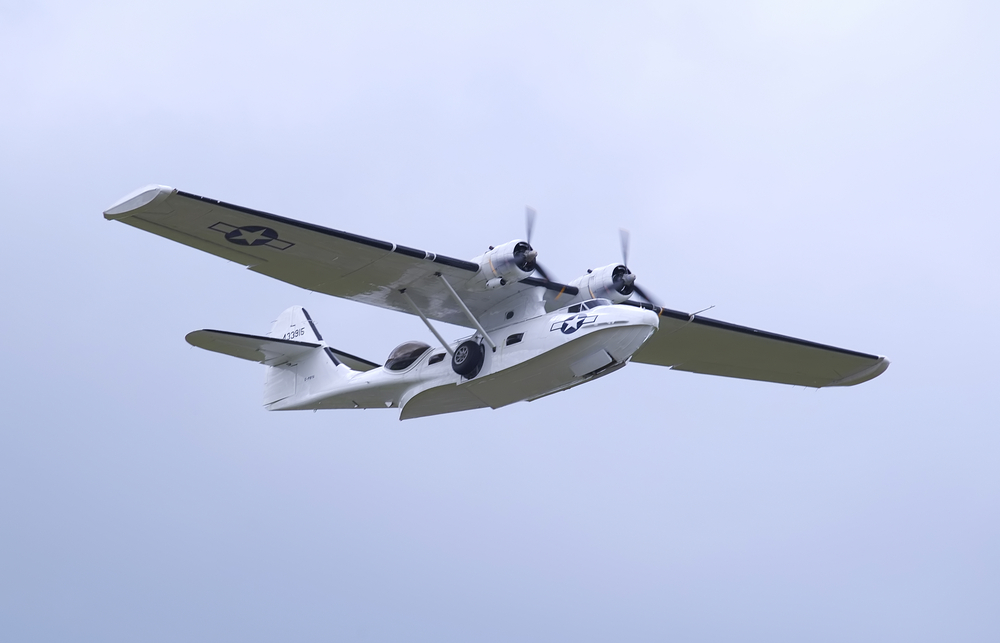
The PBY Catalina, with its sleek amphibious design, was one of the most versatile aircraft of World War II. Capable of operating from both water and land, it excelled in long-range reconnaissance, search and rescue, and anti-submarine missions. Its long wings and streamlined fuselage allowed for extended range, making it invaluable for military operations. The Catalina’s role in saving lives and spotting enemy submarines made it a legend in aviation history.
Douglas DC-3
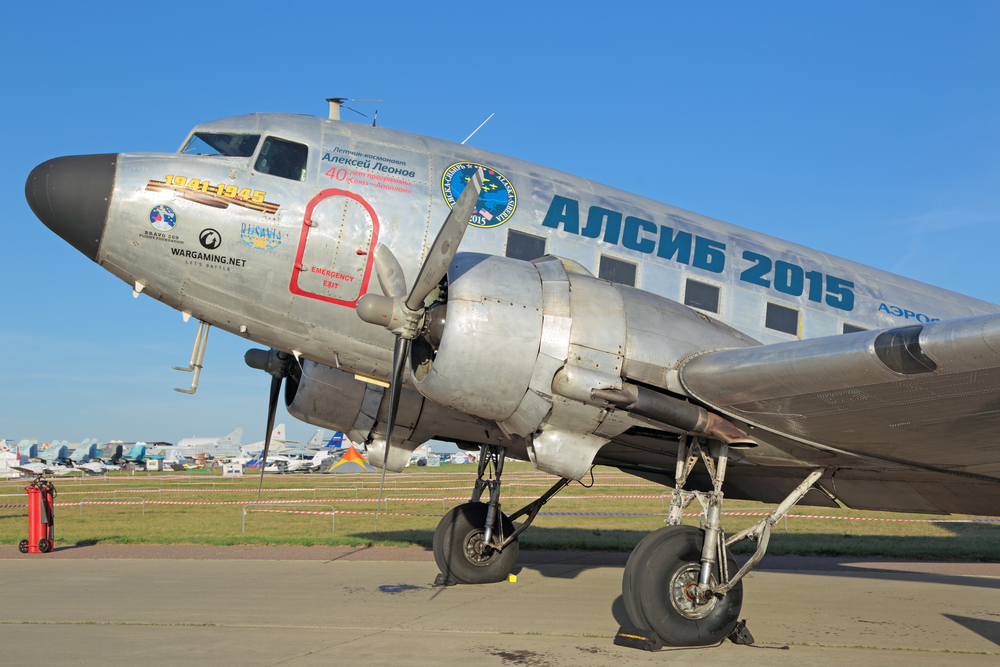
The Douglas DC-3 revolutionized commercial air travel with its low-wing design and robust construction. As one of the first aircraft capable of flying non-stop across the U.S., it made air travel more efficient and affordable for airlines. Its lightweight metal body, combined with powerful twin engines, provided greater range and reliability than its predecessors. The DC-3’s success played a key role in popularizing air travel during the 1930s and ’40s.
Northrop Grumman B-2 Spirit
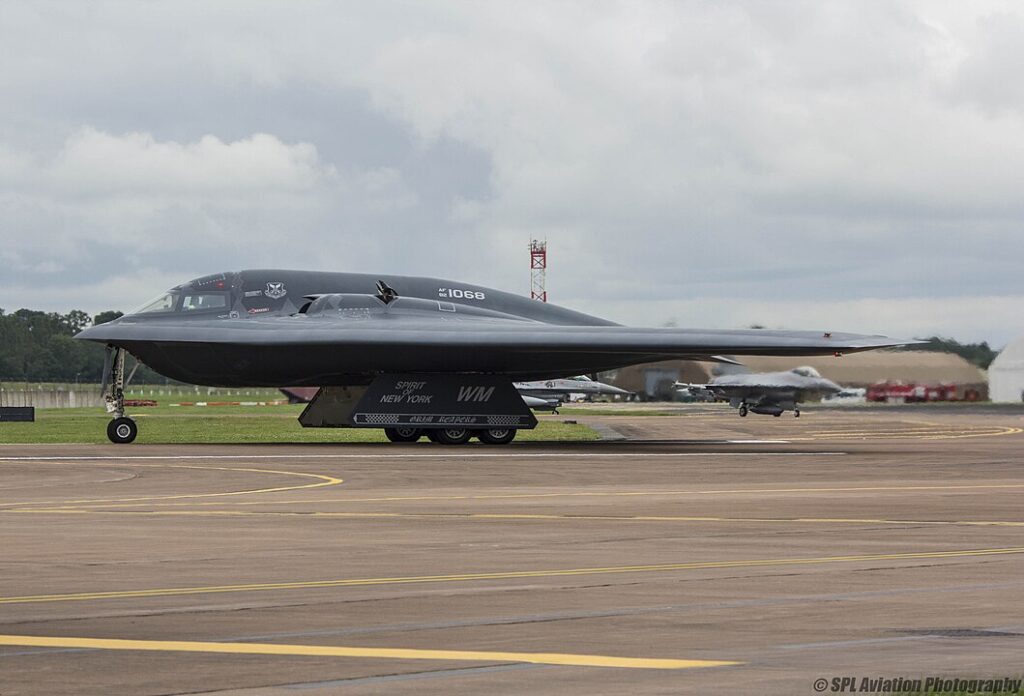
The B-2 Spirit, often referred to as the “Stealth Bomber,” features a sleek, flying-wing design that renders it nearly invisible to radar. Its triangular, low-profile shape allows it to penetrate heavily defended airspace without detection. Equipped with advanced materials and stealth technology, the B-2 is capable of carrying out precision bombing missions with minimal risk. This revolutionary aircraft forever changed the future of strategic warfare.
Airbus A350
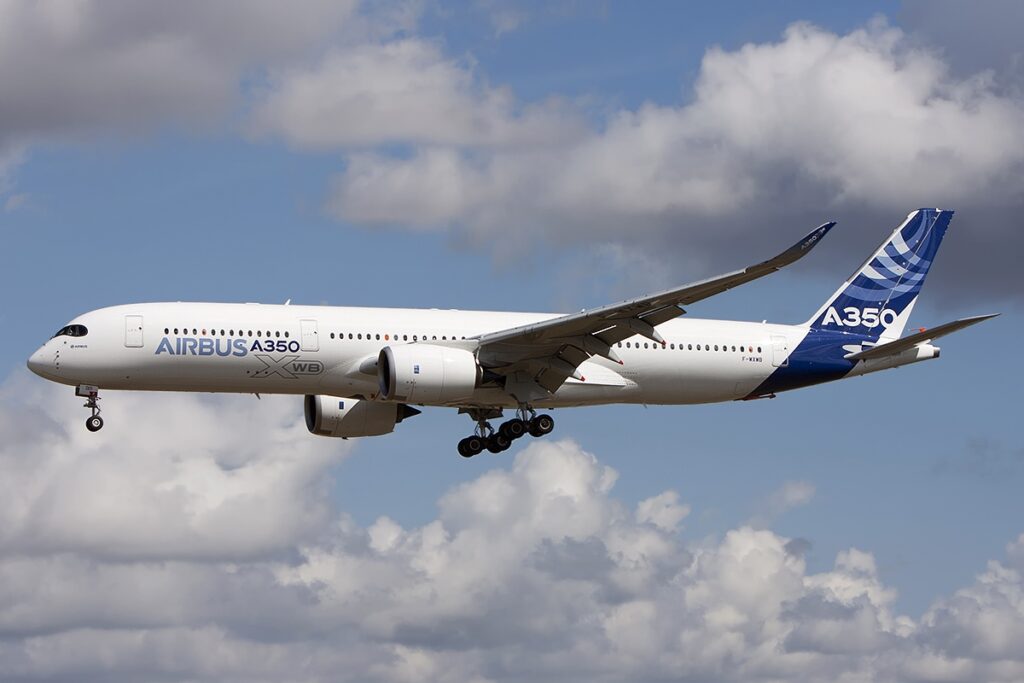
The Airbus A350 is a testament to modern aerodynamics, with a sleek, curved fuselage and advanced composite materials that reduce fuel consumption. Its long, sweeping wings are designed with sharklet wingtips, improving efficiency by reducing drag. Inside, the A350 provides passengers with higher cabin pressure, better humidity control, and larger windows for a more comfortable flight experience. As a leader in sustainable aviation, the A350 has set a new standard for eco-friendly air travel.
Cessna 172 Skyhawk
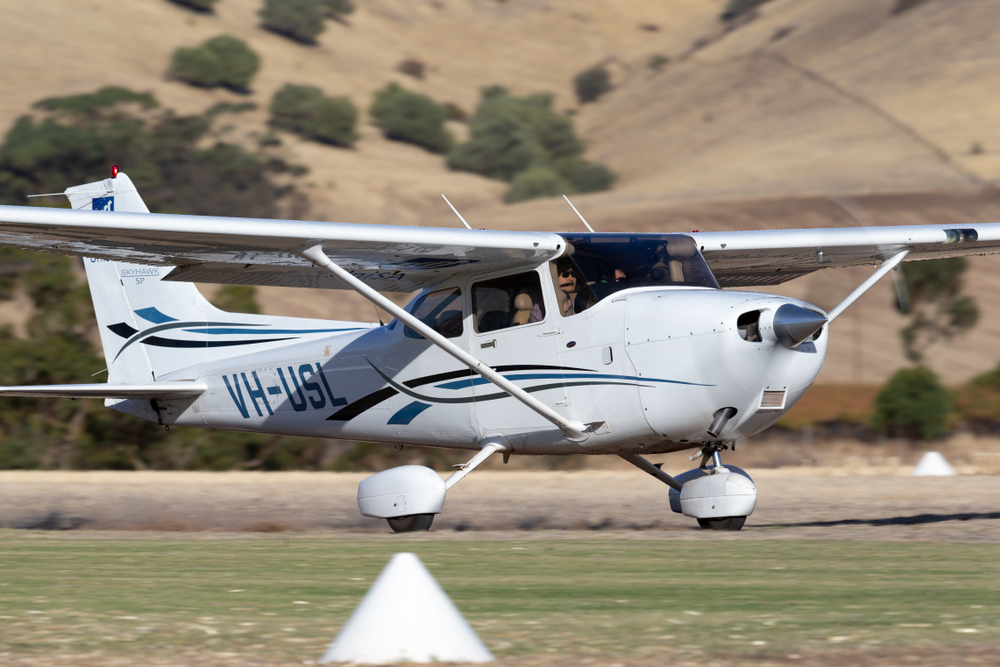
With its high-wing, all-metal construction, the Cessna 172 Skyhawk became one of the most iconic light aircraft in aviation history. Its simple, sleek design made it an ideal choice for training pilots, as well as recreational flying. The Skyhawk’s stable flight characteristics and reliability ensured its widespread use in flight schools around the world. Its enduring popularity is a testament to its efficient, user-friendly design.
Gulfstream G650
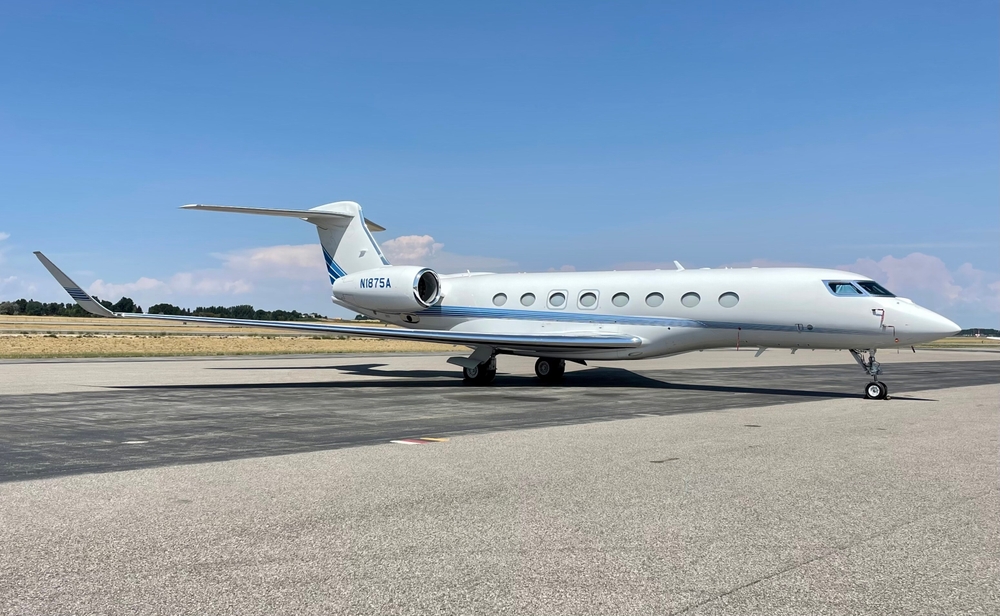
The Gulfstream G650, renowned for its streamlined fuselage and high-speed performance, is the epitome of luxury private aviation. Its sleek, elongated design allows it to fly at near-supersonic speeds, covering long distances without refueling. Inside, the G650 offers an opulent cabin experience, complete with spacious seating and cutting-edge amenities.
Dassault Falcon 7X
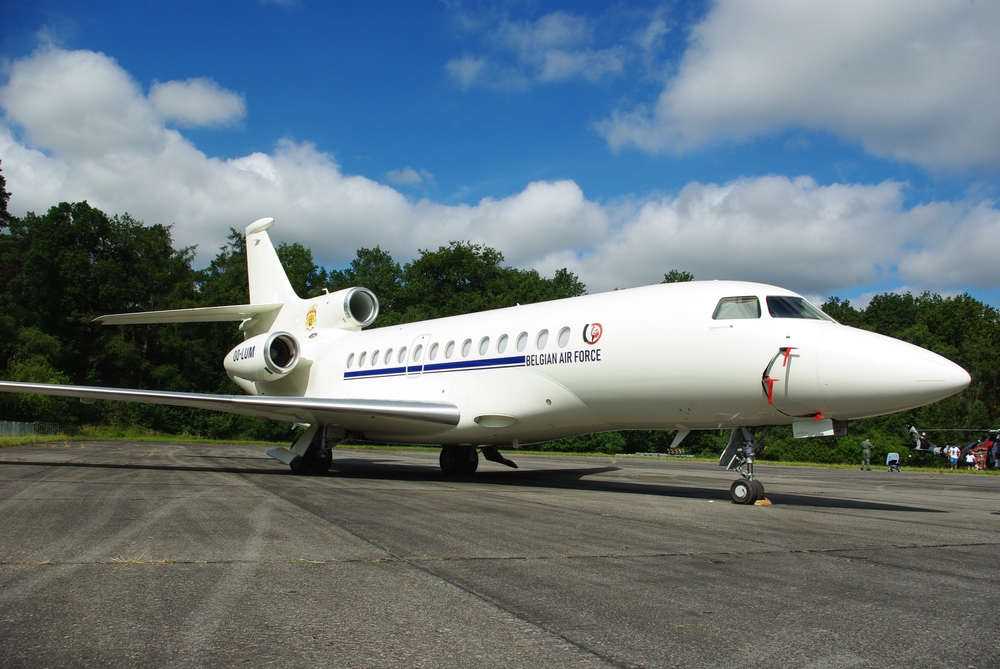
The Falcon 7X’s trijet configuration sets it apart from other private jets, enabling higher speeds and greater fuel efficiency. Its sleek, aerodynamic body is crafted for optimal performance during long-range flights, making it a top choice for international business travel. Advanced wing design and state-of-the-art avionics enhance both comfort and safety. The 7X’s luxurious cabin and superior engineering have cemented its place as a leader in the private jet market.
Vickers VC10
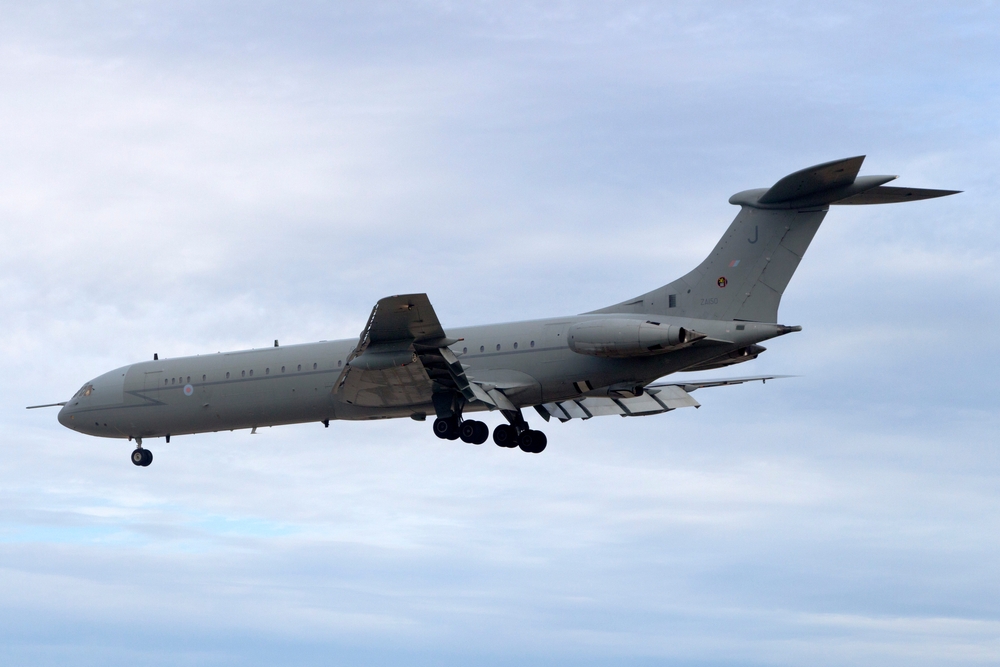
The Vickers VC10, with its rear-mounted engines and sleek T-tail design, was designed to handle short runways and hot climates, making it ideal for operations in Africa and the Middle East. Its streamlined fuselage allowed for faster cruising speeds, outperforming many of its contemporaries. The VC10 offered a quieter, more comfortable flight experience due to its engine placement. Though production was limited, the aircraft became a favorite for long-distance travel.
Bell-Boeing V-22 Osprey
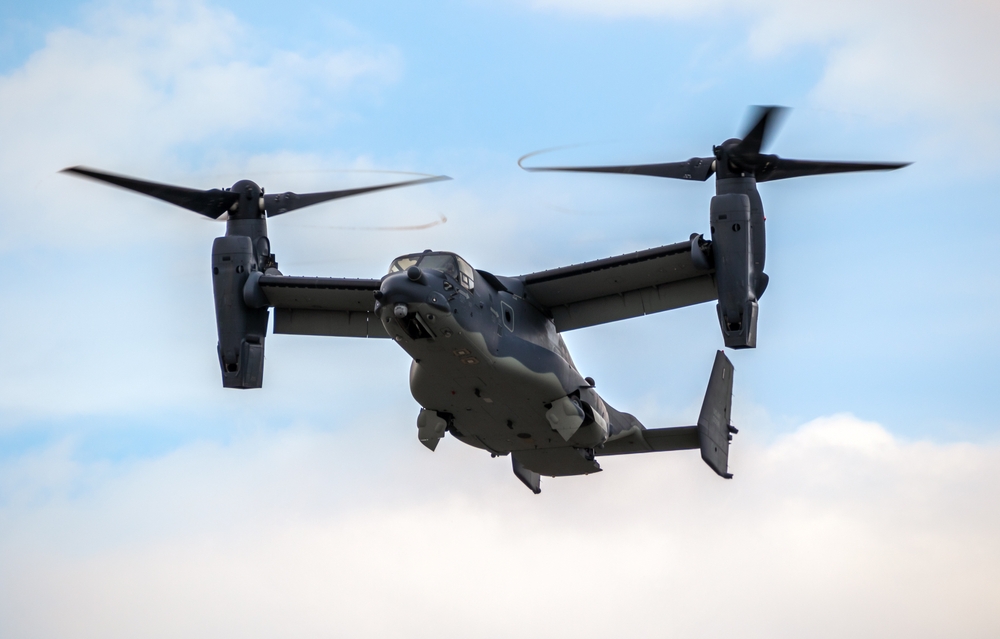
The V-22 Osprey’s innovative tiltrotor design revolutionized military aviation by combining the vertical lift capabilities of a helicopter with the speed of an airplane. Its dual-engine configuration allows the rotors to tilt, enabling both vertical takeoff and high-speed forward flight. This versatility made the Osprey a critical asset for the U.S. military, allowing for rapid troop deployment and rescue operations in challenging environments. Its unique design transformed the capabilities of modern military transport.
Boeing 777
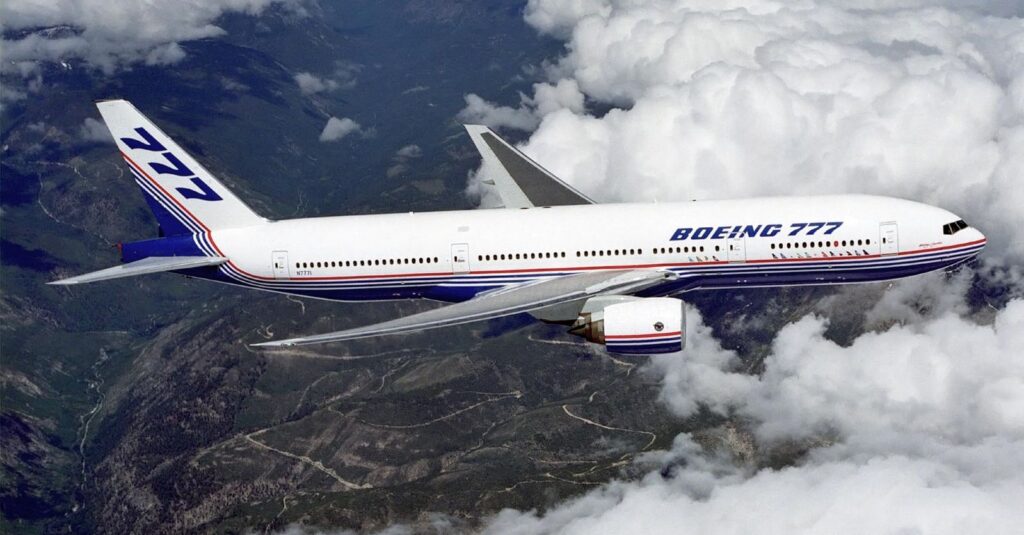
The Boeing 777’s sleek, wide-body design optimized both range and passenger capacity, making it a game-changer for long-haul air travel. With powerful twin engines and advanced aerodynamics, the 777 can cover extended distances without refueling. The aircraft’s spacious cabin, combined with its fuel-efficient design, made it a favorite among airlines and passengers alike. Its fly-by-wire control systems and improved safety features further solidified its reputation as a reliable workhorse of the skies.
Sukhoi Su-57
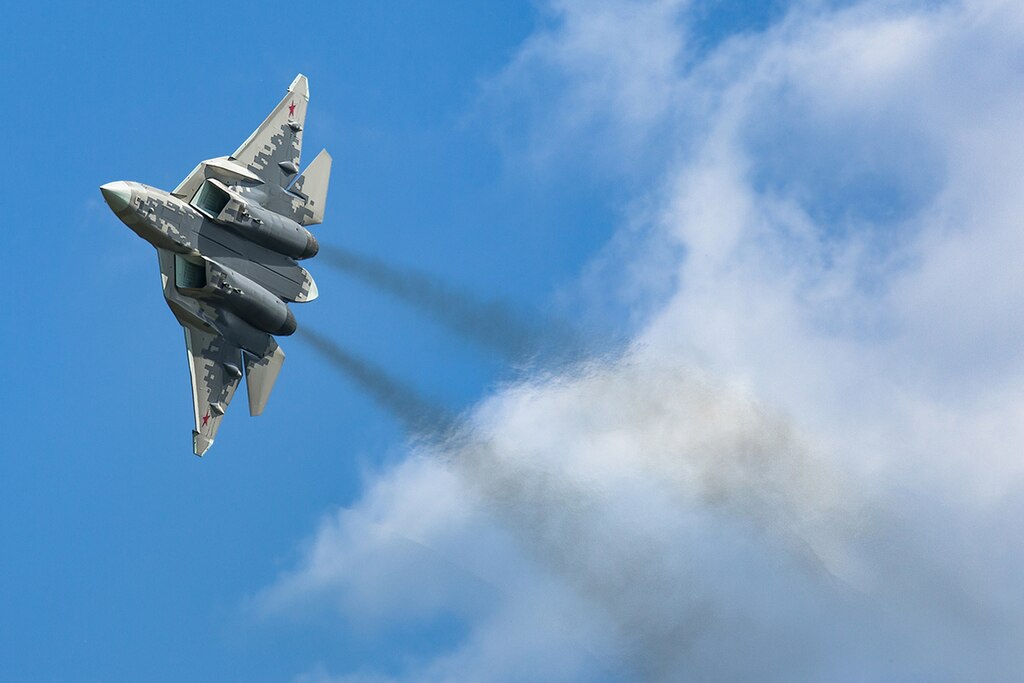
The Sukhoi Su-57, a fifth-generation fighter, boasts a sleek, angular design focused on stealth and maneuverability. Its advanced materials and radar-absorbing paint reduce its visibility to enemy radar, while its thrust-vectoring engines provide superior agility. The Su-57 is designed for both air superiority and ground attack missions, with cutting-edge avionics and weaponry.
Lockheed C-130 Hercules
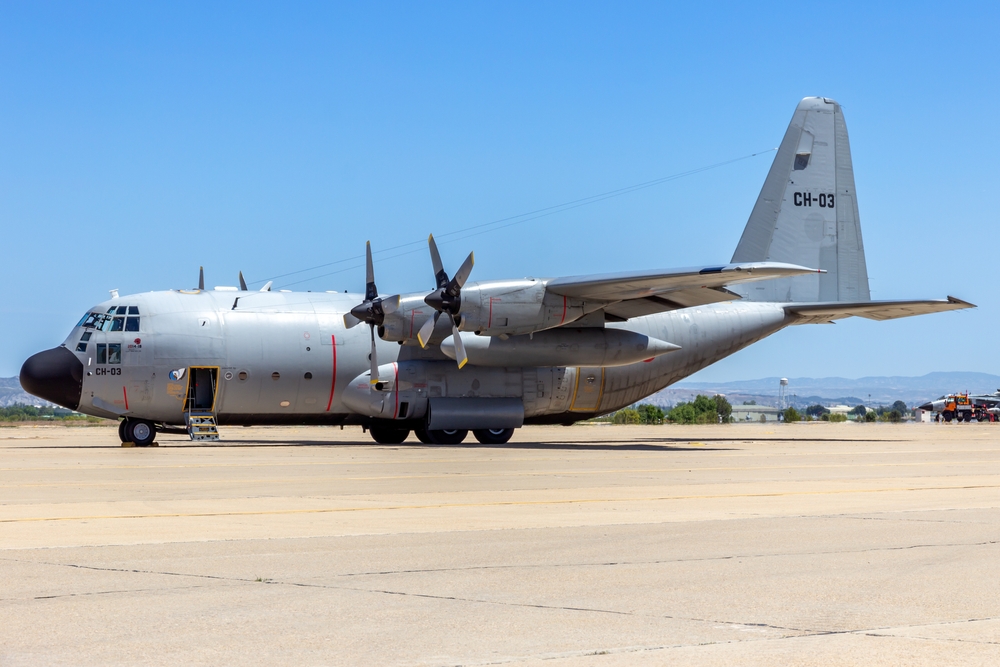
The Lockheed C-130 Hercules is known for its rugged yet streamlined design, allowing it to operate from short, unpaved runways. Its high-wing configuration and powerful engines make it an essential tool for transporting cargo, troops, and performing humanitarian missions. The C-130’s versatile design also enables it to conduct air-to-air refueling, medical evacuations, and even firefighting.
McDonnell Douglas F-15 Eagle
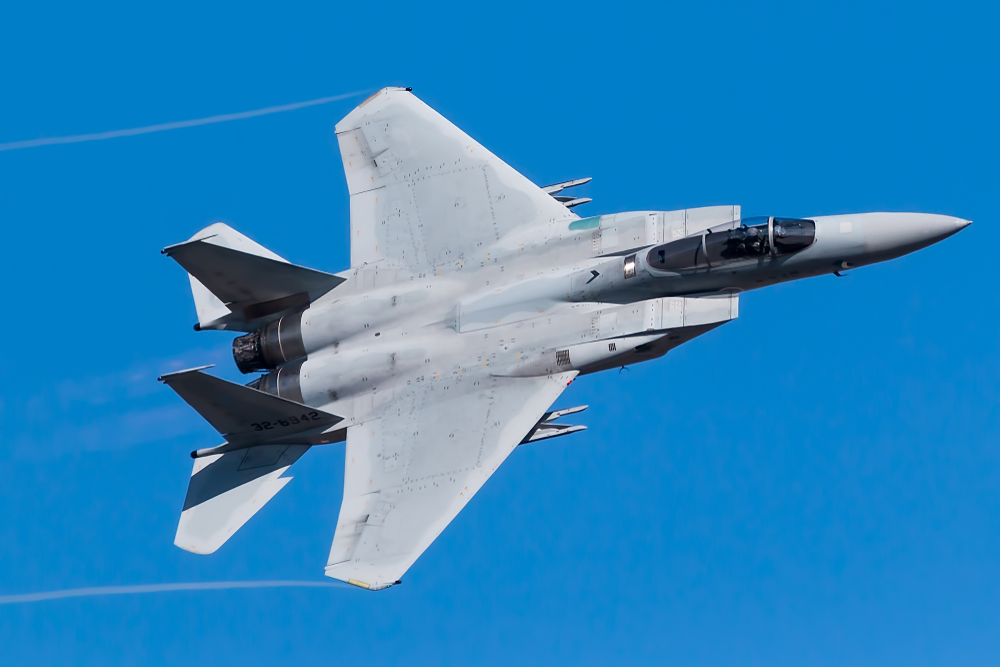
The F-15 Eagle, with its sleek twin-engine configuration and swept-back wings, was designed for speed and air superiority. Capable of flying at Mach 2.5, the F-15 excelled in both dogfights and ground attack missions. Its powerful radar system and weapons capabilities made it a formidable force in combat, with an impressive track record in air-to-air engagements. The F-15’s aerodynamic design ensured its place as one of the most effective fighter jets of its era.
This article originally appeared in MyCarMakesNoise.
More from MyCarMakesNoise
20 Groundbreaking Moments in the History of Aviation
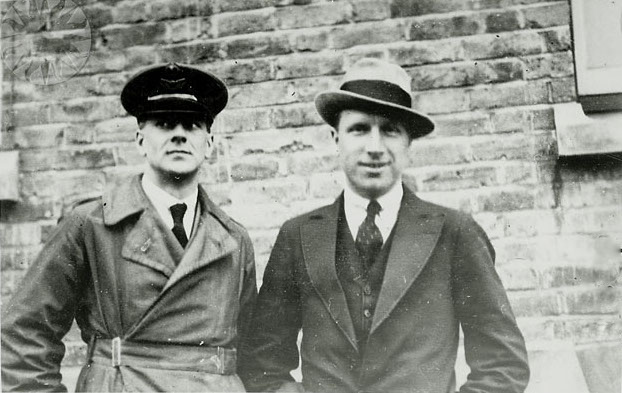
Aviation has transformed the way we live, travel, and connect with the world. From the pioneering flights of the Wright brothers to the advent of supersonic jets and beyond, each milestone has marked a significant leap forward. Read More.
20 Road Trips Through America’s Wine Country

America’s wine country offers some of the most scenic and enjoyable road trips, combining beautiful landscapes with world-class wineries. Whether you’re winding through the rolling hills of Napa Valley, exploring the charming vineyards of Oregon’s Willamette Valley, or taking in the breathtaking views along Virginia’s wine trails, these routes provide an unforgettable experience for wine lovers and travelers alike. Read More.
17 Electric Car Failures That Left Drivers Disappointed

Electric cars have been hailed as the future of transportation, promising to revolutionize the way we drive with eco-friendly, efficient, and high-tech features. However, not every electric vehicle has lived up to the hype. Read More.


